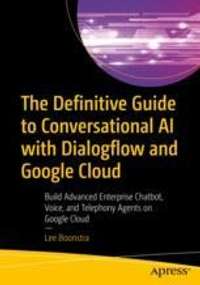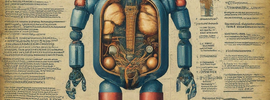
Best Practices for Prompt Engineering in t...
Alright, we’ve covered a ton of ground in this blog series, from understanding the basics of LLMs and prompt engineering to diving deep into specific techniques and strategies. Now, it’s time to bring it all together and share some of the best practices I’ve learned while working on real-world enterprise projects.
This is the last blog of the series: Prompt engineering for business applications. Prompt Engineering is complex and requires careful planning and refinement to achieve desired results from AI models. As a software engineer @Google with experience in prompt engineering for major businesses, I will share practical learnings in a blog series to help others unlock the power of AI beyond simple tasks.
- Blog 1: Demystifying Prompt Engineering for the Enterprise
- Blog 2: The Foundation Understanding LLMs and Prompt Engineering, and Why It All Matters
- Blog 3: Beyond the Basics How to Choose and Configure Your LLM for Maximum Impact
- Blog 4: Documenting Your Prompts A Best Practice for Success
- Blog 5: The Art Of Writing Effective Prompts

Lee Boonstra
Lee Boonstra (they/them) has been a presence in the tech world since 2007, wearing many hats from software engineer to prompt engineer, web developer to technical trainer, and developer advocate.
With eight years of experience at Google under their belt, they now hold the role of SWE Tech Lead at the Google Cloud office of the CTO. Leading innovation projects, Lee aims to disrupt markets and foster collaboration globally. Their expertise in Conversational and Voice technology, alongside (Generative) AI, has led to recognition as a respected public keynote speaker and published author for O’Reilly and Apress. Lee eases tech headaches and celebrates those light bulb moments.

Lee wrote a book for O’Reilly: Hands-on Sencha Touch 2 and lately: the Definitive Guide to Conversational AI with Dialogflow and Google Cloud for Apress.


The Art of Writing Effective Prompts
Whether you are writing a prompt to let the LLM answer a question from a contract, summarize a...

Documenting Your Prompts a Best Practice f...
Let’s be real; documenting stuff isn’t the most exciting part of any job. But when it comes to...

Beyond the Basics How to Choose and Config...
When it comes to prompt engineering, the choice of language model (LLM) is crucial. Each promp...

The Foundation Understanding LLMs and Prom...
Let’s get down to basics and talk about how Large Language Models (LLMs) actually work. Think ...